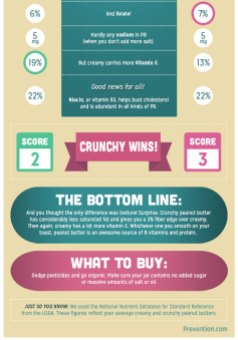A UC Riverside study to motivate your new year’s resolutions: it demonstrates that high-fat diets affect genes linked not only to obesity, colon cancer and irritable bowels, but also to the immune system, brain function, and potentially COVID-19 risk.
While other studies have examined the effects of a high-fat diet, this one is unusual in its scope. UCR researchers fed mice three different diets over the course of 24 weeks where at least 40% of the calories came from fat. Then, they looked not only at the microbiome, but also at genetic changes in all four parts of the intestines.

One group of mice ate a diet based on saturated fat from coconut oil, another got a monounsaturated, modified soybean oil, a third got an unmodified soybean oil high in polyunsaturated fat. Compared to a low-fat control diet, all three groups experienced concerning changes in gene expression, the process that turns genetic information into a functional product, such as a protein.






























